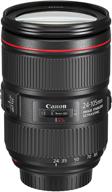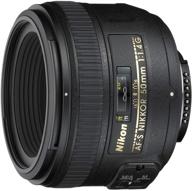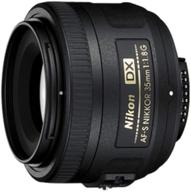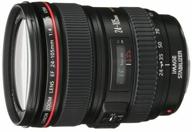
Review on 📷 Tamron AF 70-300mm f/4.0-5.6 SP Di VC USD XLD: Outstanding Quality for Nikon Digital SLR Cameras by Erica Shine

Inexpensive Goldilocks lens for shooting the moon (and maybe other things)
Last weekend's Supermoon was a good reason to buy a zoom lens (or two). I first tried capturing the moon with the standard 18-55mm kit lens that came with my Nikon D3200. The 55mm recording shows the very sad result of this. I then bought an Opteka 500mm/f8 fully manual telephoto lens with a 2x adapter which cost me about $140. It looks more like a telescope than a camera and needs to be mounted on a tripod. The "1000mm" shot shows the result, which was the best of about 20 shots. It was actually quite a tedious experience framing and focusing this fully manual lens. I finally decided to treat myself to a Tamron AF 70-300mm f/4-5.6 and I'm glad I did! With this lens I was able to get a 300mm shot in just 4 shots, all hand held (ie without a tripod). I tried two shots with vibration control and two without, and my favorite turned out to be one of the shots without VC enabled. As you can see the 300mm shot is better in every other respect, although the resolution isn't as high as the 1000mm shot (because I had to crop more). The overall picture is sharper, the chromatic aberration at the edge of the moon is lower. The only major downside to this lens is that the autofocus is a little slow, so capturing fast-moving subjects can be awkward and you could miss. some blink and you miss moments with kids. In addition, this is an excellent lens for the money. It has excellent build quality on par with mid-range Nikon lenses I've had. The 6 year warranty is much better than the standard Nikon warranty and gives me confidence that it will last. I bought this lens for only $350 ($450 minus $100 mail-in rebate from Tamron), and at that price it's amazing value. PS Here are some tips for photographing the moon. Set the camera to manual mode. Set it to "Spot" metering. Use the following settings: ISO: 100, aperture: f/10, shutter speed: 1/100s. Ideally, use a tripod and remote control to minimize vibration. Have fun!
- cool product
- functionality
New products
Comments (0)
Top products in 👓 Lenses

Black Canon EF 24-105mm f/4L IS II USM Lens - Model 1380C002

78 Review

📷 Nikon AF-S NIKKOR 50mm f/1.4G Lens with Auto Focus: Perfect for Nikon DSLR Cameras

76 Review

Nikon 35mm f/1.8G Auto Focus Lens for Nikon DSLR Cameras - Black (Model 2183)

125 Review

Canon EOS SLR Camera Lens EF 24-105mm f/4 L IS USM

124 Review







